In addition to buri (king of sea bream) and madai (sea bream king), Azuma-Cho Fishing Cooperative produces a variety of other farmed fish, such as mackerel (mujika mackerel: fisherman’s brand), horse mackerel, campachi, sardines, black, and flounder.
In addition, we produce seafood while reducing the load on the environment by performing a complex aquaculture of shellfish and seaweed, such as blue osa, white shellfish, abalone, and wakame.
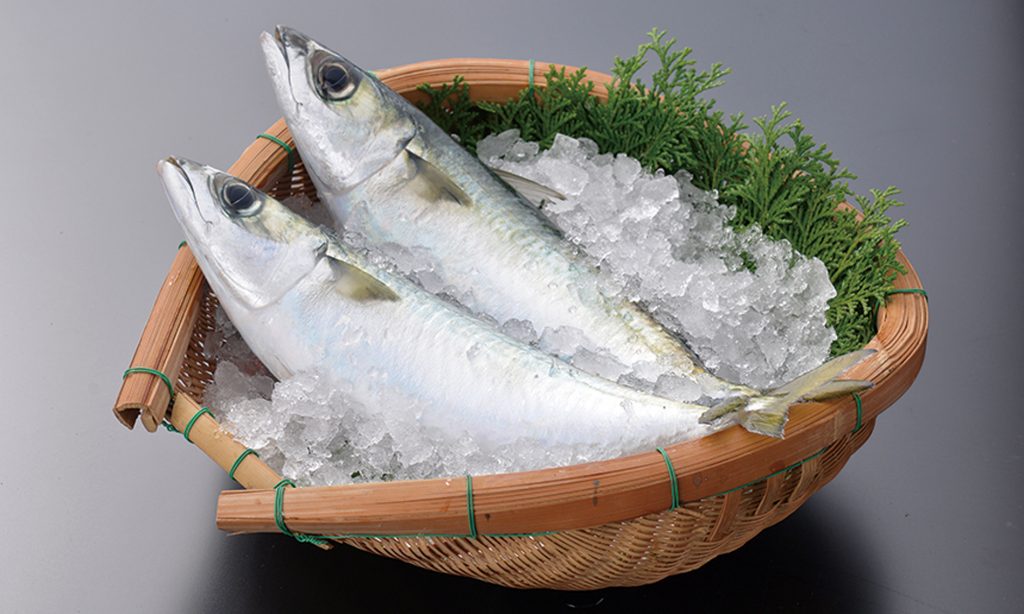
Mujika Saba
[Season season: November to February]
In Nagashima dialect, producers are lovingly raised in the sense that Mujiyaka is cute.There is no peculiar smell of blue fish, and it is the tightening of the body and the fat to feel the tooth response a little.
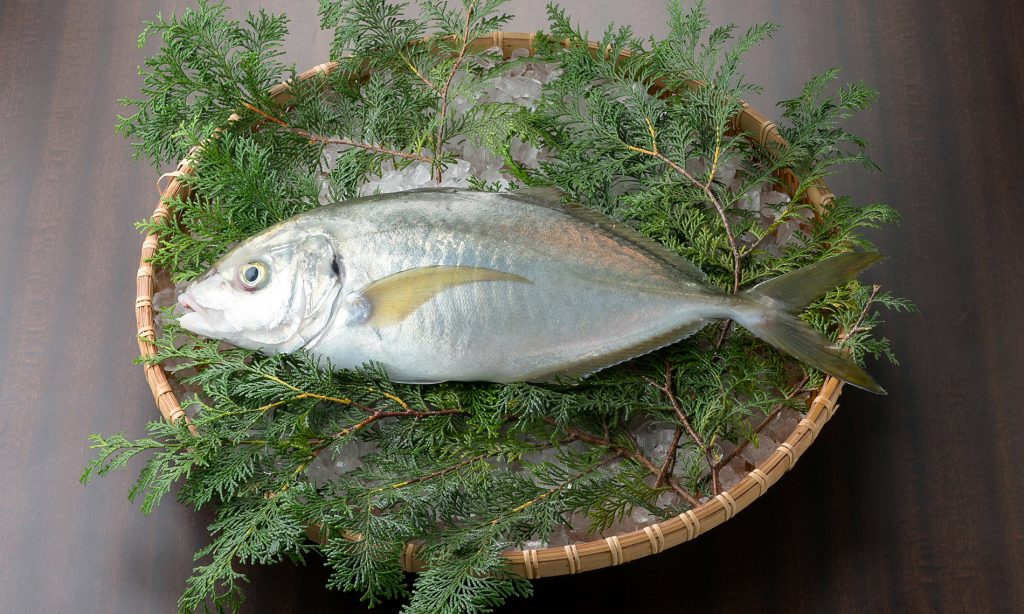
Shimaaji
[Season season: June to August] It is a hig
h-quality fish of the red sea bream nami, it is chewy, and the horse mackerel also contains glutamate, a umami component peculiar to horse mackerel.
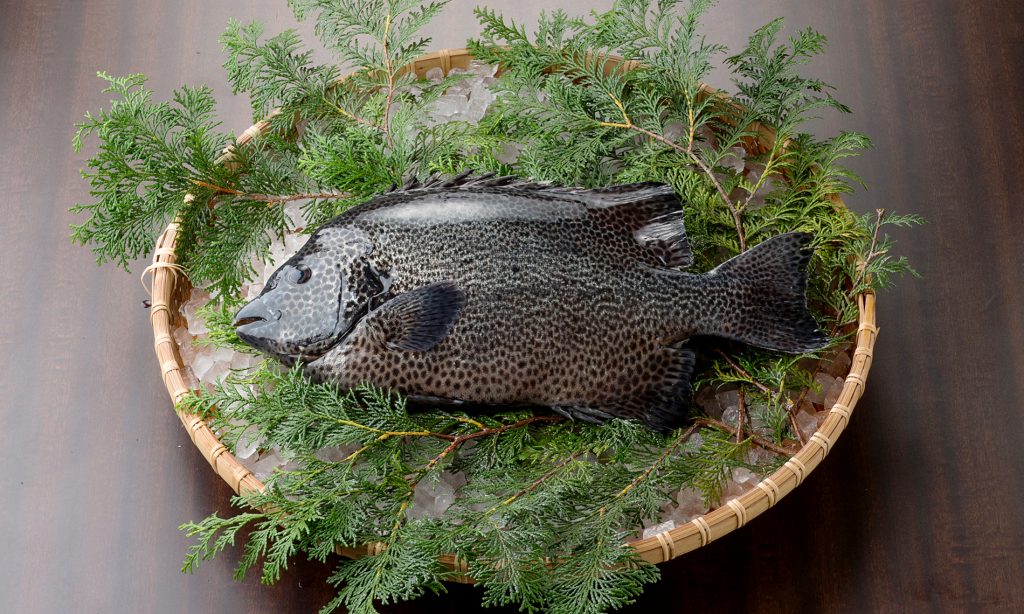
Isikidai
[Season season: September to January] Beca
use it contains a lot of unsaturated fatty acids characterized by a leopard pattern, it also prevents and improves arteriosclerosis.
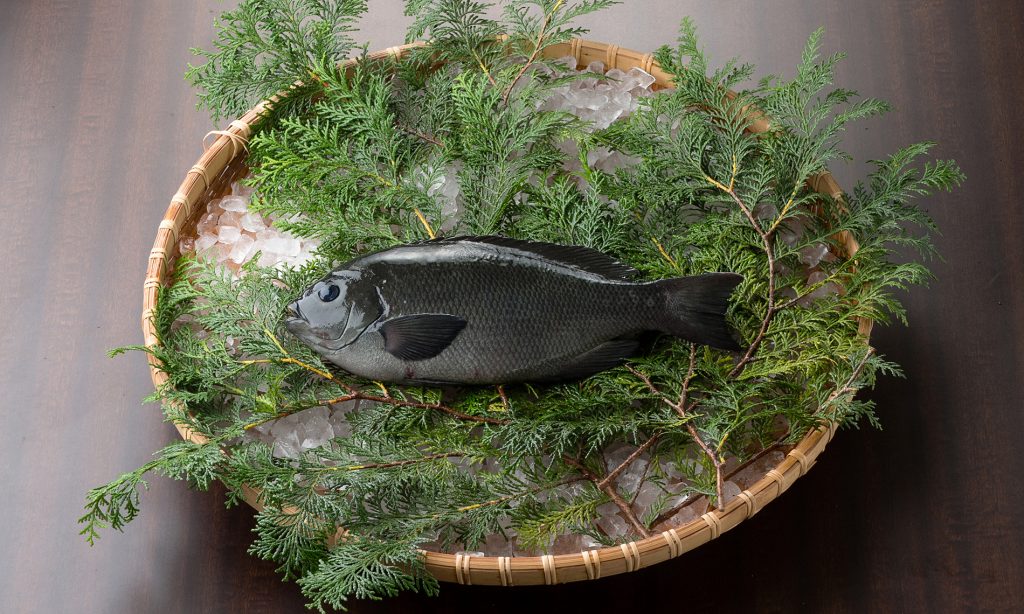
Medina (Black)
[Season season: November to February
] It is a pale white fish with no habit, but in winter it is recommended to eat fat with sashimi.
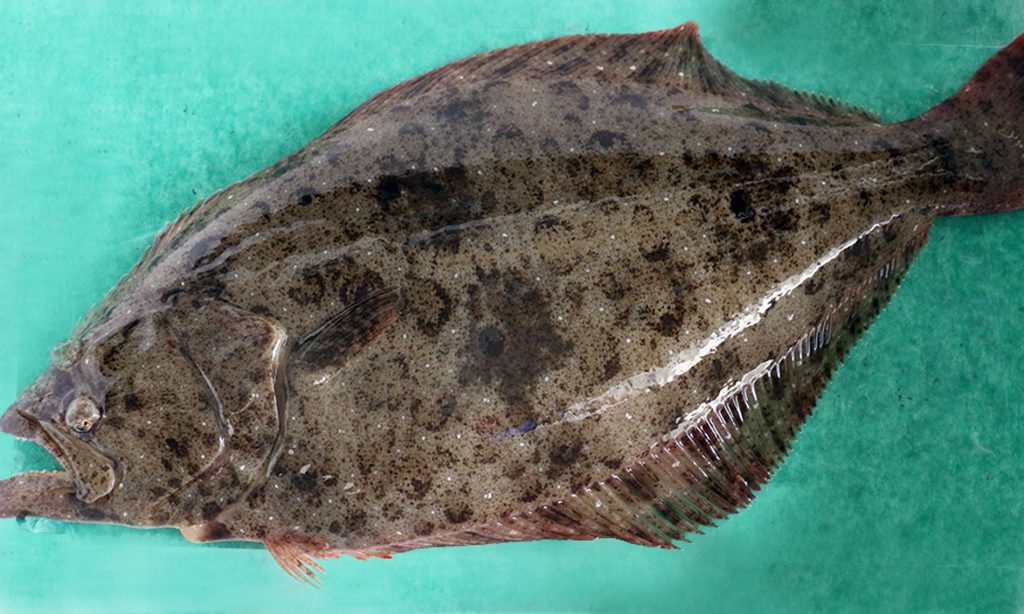
Flounder
[Season season: December to March] Unlike
natural flounder, it is characterized by spots on the belly side.It is chewy and has a good taste with fat.
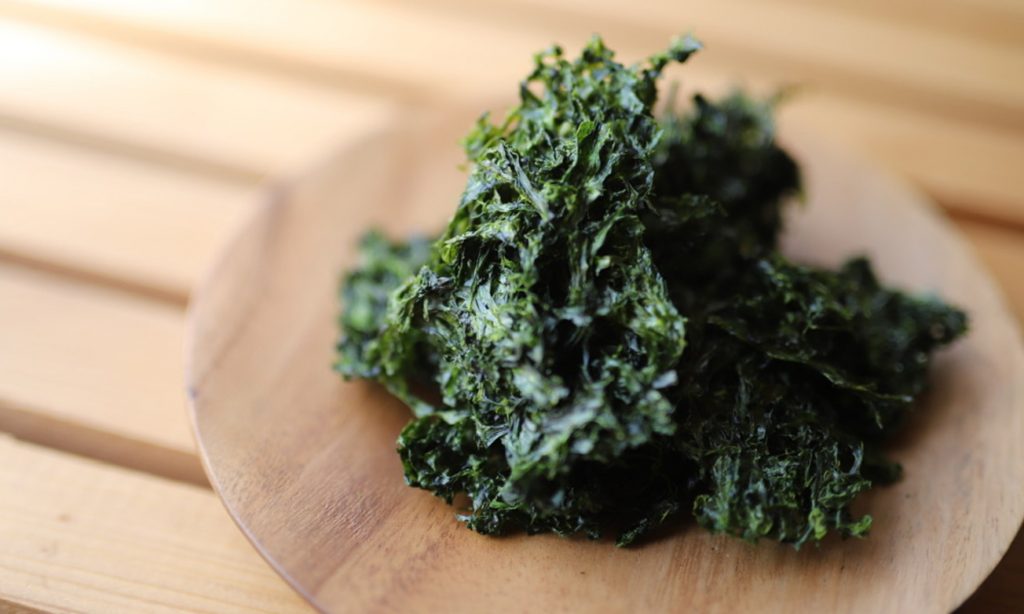
Blue Osa
[Season season: January to April
] Flavorful blue fish is also offered in local school lunches, it is loved by locals.It is rich in minerals and dietary fiber that modern people tend to lack.
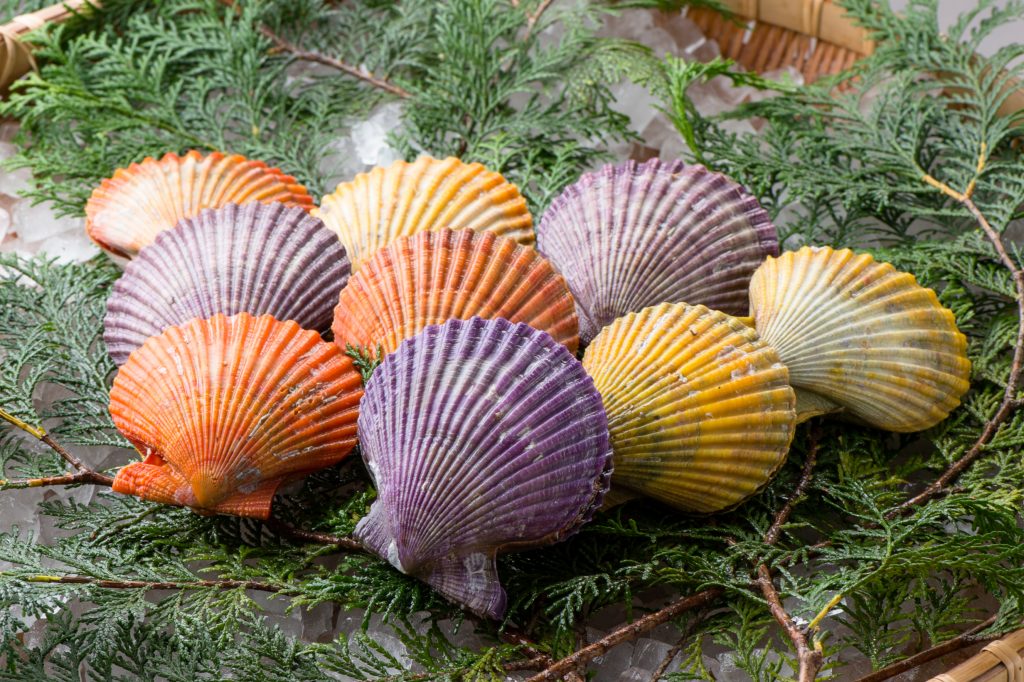
The sea fish
【Season season: November to March】 It is a char
acteristic two-piece shell that the color of the shell is colorful.You can enjoy the rich taste with a strong taste and sweetness.
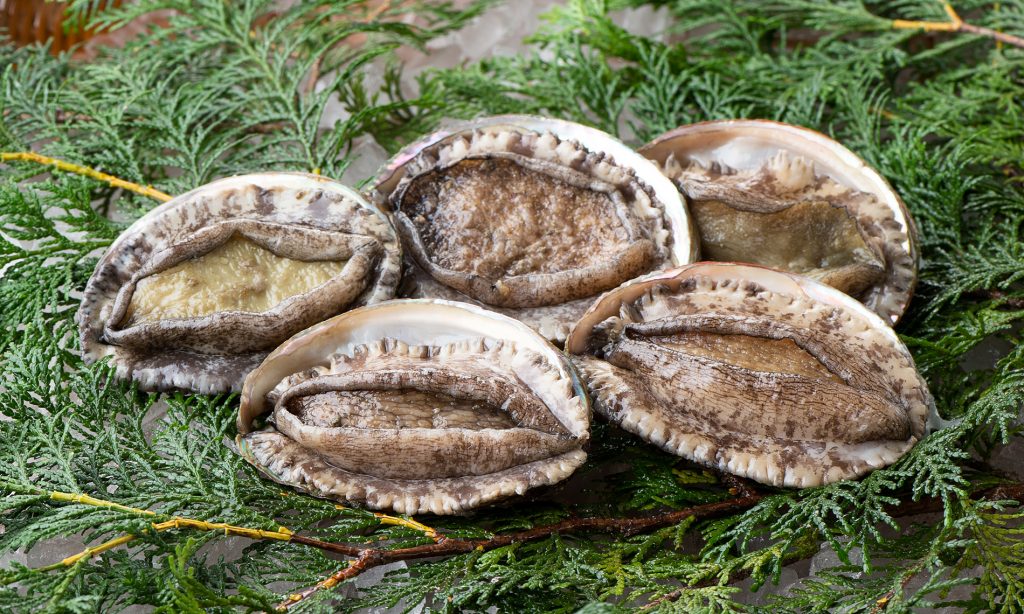
Abalone
【Season season: November to March】 Abalo
ne, a high-quality ingredient, has a crunchy texture and umami, and the liver is considered to be good for beauty, so liver soy sauce is recommended.
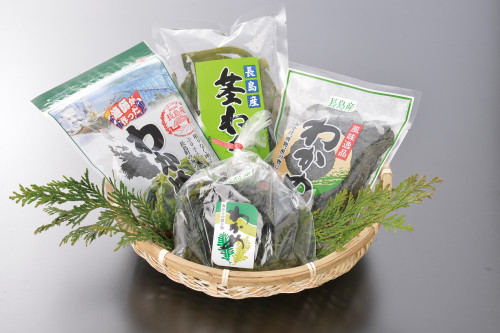
Wakame
[Season season: March to May] It
is thick and crispy texture is bitten by kuroshio.Wakame, which grew up in Nagashima town where the tide is fast, is nutritious and delicious.
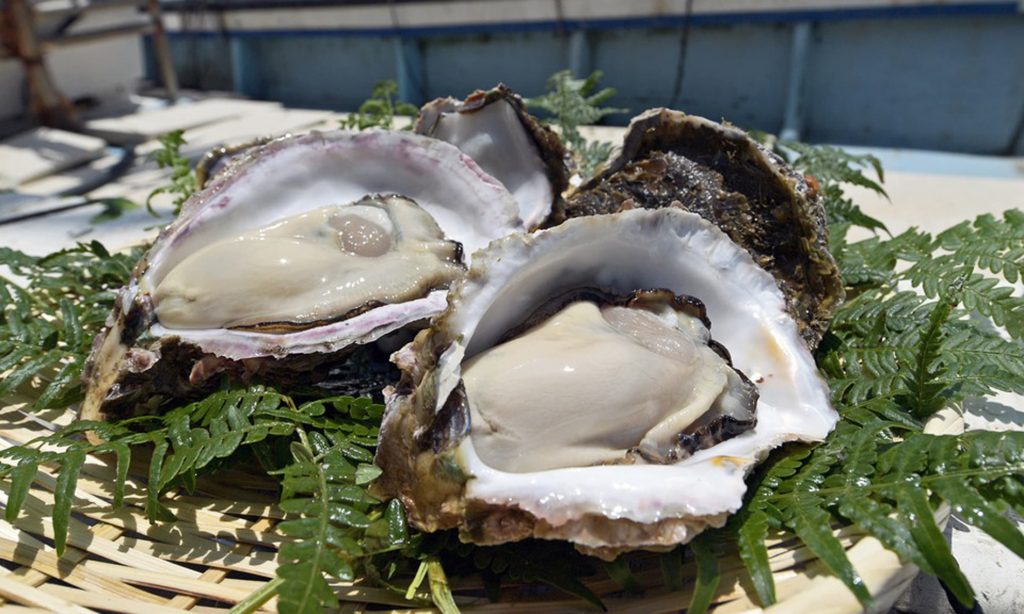
Rock Oysters
[Season season: May to September] O
ysters are grown from small young shellfish, but as they grow and grow from there, the number of individuals in the cage is adjusted.This fine adjustment leads to the preparation of the growing environment of the shellfish, and it grows into an oyster packed tightly.
